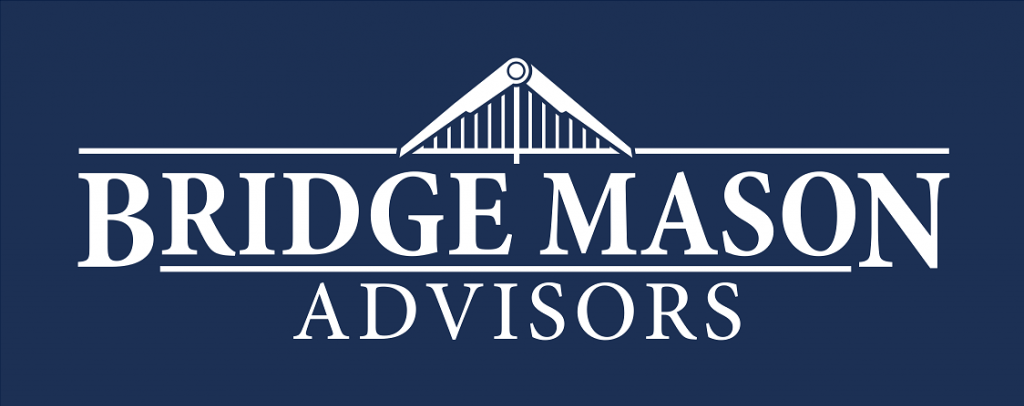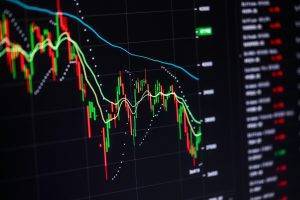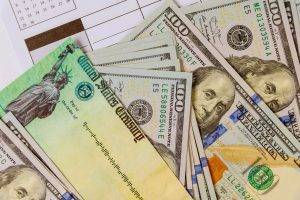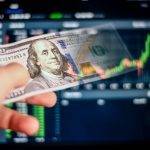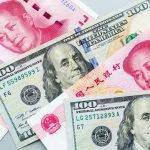Despite renewed tariff threats on $200 billion of Chinese products, Ten-year U.S. Treasury yields are opening higher at 3.018% and briefly topped 3% last week for the first time in over a month (last seen on August 2nd), as upward revisions to U.S. July retail sales data in part drove the selloff in Treasuries. While investors paid attention to some key domestic economic releases, central bank activity abroad largely took center stage. The Bank of England and the European Central Bank kept rates unchanged, as expected, while the central banks of Turkey and Russia hiked their key rates (see below).
Stock indices in the U.S. and abroad largely rallied throughout last week, though stock futures are trading lower 5 to 9bps this morning, on prospects of positive trade talks between the U.S. and China. All the major stock indices closed the week higher, despite President Trump signaling that more levies should be imposed on China late Friday afternoon. The S&P 500, Dow Jones and Nasdaq all closed the week higher than where they started it.
Oil also followed suit as it posted its third weekly consecutive gain, on the back of Hurricane Florence and her impact on the Carolinas. Brent crude intraday almost broke through the key $79 level, ranging relatively close to its highs seen in May at $80.13.
I. U.S. Economic Data/Markets
- August retail sales surprised on the downside as sales increased 0.1% last month versus expectations of 0.4%.
- August data reflects the smallest gain in retail sales in six months.
- July data was revised higher to 0.7% from 0.5%.
- University of Michigan survey reflected consumer sentiment remained positive on the back of stronger employment and wage data. The September reading surprised to the upside at 100.8, up from 96.2 in August.
- September’s reading is the second highest reading since 2004.
- Fed’s Beige Book indicated that U.S. businesses have scaled back investments on the back of increased trade tensions.
- The impact of tariffs have been modest.
- A tight labor market has led to labor shortage throughout various industries.
- Consumer Price Index increased by 0.2% last month versus market expectations of 0.3%. Increased trade tensions will likely keep upward pressure on inflation.
- Chicago Fed Charles Evans shared his optimistic economic outlook and expects the Fed to continue its path of higher rates amidst a robust economy. Key takeaways included:
- Strong growth fundamentals and a positive inflation outlook pave the way for gradual rate hikes. Evans noted strong growth and low unemployment to continue over the next few years.
- Expects the economy to grow by 3% in 2018 and then slow to 2% over the next two years.
- Unemployment to hover around 3.5% by 2020.
- Inflation to likely just exceed the Fed’s target of 2%.
II. Trade Talk
- President Trump instructed his aides to proceed with $200 billion of levies on Chinese products on Friday, although the timing of implementing the tariffs remained unclear.
- The markets largely anticipated a positive outcome from Chinese/U.S. trade talks throughout the week on the back of Treasury Secretary Mnuchin’s attempts to restart talks with China. Global equities were on the rise on the back of the talks, however, the markets then reversed their moves Friday afternoon, but still closed the week higher.
III. Central Bank Activity
- Four central banks met last week. As largely expected both the Bank of England and the European Central Bank left rates unchanged, while the Turkish and Russian Central Banks hiked rates to mitigate the declines within their respective currencies.
- European Central Bank kept its key rate unchanged at -0.4%.
- The bank confirmed its commitment to leave the key rate at current levels through the summer of 2019 and wind down its bond-buying program by the end of this year.
- The bank also lowered its growth estimates for the region by 0.1% for this year and next to 2% and 1.8% respectively. Inflation expectations remained the same at 1.7% for through 2019.
- ECB President Draghi noted key risks including trade protectionism, emerging-market weakness, and volatility within the financial markets.
- The Euro and German government yields slightly edged higher on the back of the announcement.
- The Bank of England unanimously voted to leave its key rate steady at 0.75%.
- Despite higher inflation and strengthening growth, the central bank noted uncertainty regarding Brexit negotiations as a risk.
- The BoE also cited increased trading tensions between the U.S. and China as a threat to global economic growth. Recent turmoil in emerging economies was cited, although the bank noted limited trade and financial ties to Argentina and Turkey.
- The BoE intends to gradually increase rates to bring inflation down from 2.5% to its target of 2%. Economic growth continues while wages have been moving higher as well, fueling inflationary pressures.
- Turkish Central Bank raises rates to stem lira’s fall.
- Officials hiked the one-week repo rate to 24% from 17.5%, a bigger increase than the market expected. The lira rallied over 5% against the USD on the back of the hike. The lira has depreciated almost 40% to the USD since the beginning of the year.
- Outside of its fiscal and political upheaval, Turkey has been battling high inflation, with levels reaching nearly 18% in August.
- Russia also hiked its key rate to shore up the ruble – the first time the bank tightened in nearly four years.
- U.S. sanctions remain a key driving factor for the bank’s actions.
- European Central Bank kept its key rate unchanged at -0.4%.
IV. Other
- First SOFR (LIBOR’s replacement) muni bond to be issued by NY MTA.
- The bond is expected to be issued on September 20th for $107 million.
- It is the sixth floating rate note to be issued that is tied to the secured overnight funding rate.
- Blackstone seeks to raise the largest real estate fund ever at $18 billion.
- The fund will focus on distressed properties globally.
- The firm’s prior fundraise was $15.8 billion in 2015.
This week: Domestic data is relatively light as the key economic releases driving the Fed’s decision have already been released. The focus will likely remain on data abroad and any developments regarding trade negotiations. Two key central bank meetings include the Bank of Japan and the Swiss National Bank, where the banks are widely expected to keep rates unchanged.
Key data/events include:
- EUR CPI (Monday)
- JPY trade data (Tuesday)
- Bank of Japan rate decision (Wednesday)
- GBP CPI (Wednesday)
- U.S. Housing Starts (Wednesday)
- ECB President Draghi speaks (Wednesday)
- NZD Q2 GDP (Wednesday)
- Swiss National Bank rate decision (Thursday)
- GBP retail sales (Thursday)
- JPY CPI data (Thursday)
- CAD retail sales (Friday)
U.S. Economic Data includes: NY State Empire Manufacturing Index (Monday), Redbook index (Tuesday), U.S housing starts (Wednesday), building permits, weekly jobless claims (Thursday), Philadelphia Fed manufacturing survey, existing home sales, Markit services/manufacturing survey (Friday), Baker Hughes US oil rig count.
Overseas Economic Data includes: EUR CPI (Monday), AUD housing price index (Tuesday), AUD central bank minutes, NZD current account data, NZD Westpac consumer survey, JPY trade data, Bank of Japan rate decision (Wednesday), GBP retail price index, GBP PPI, GBP CPI, ECB President Draghi speaks, NZD Q2 GDP, Swiss trade data (Thursday), Swiss National Bank rate decision, GBP retail sales, JPY CPI data, JPY foreign stock/bond investments, JPY all industry activity index (Friday), German/EUR Markit services/manufacturing survey, CAD retail sales, CAD CPI.
